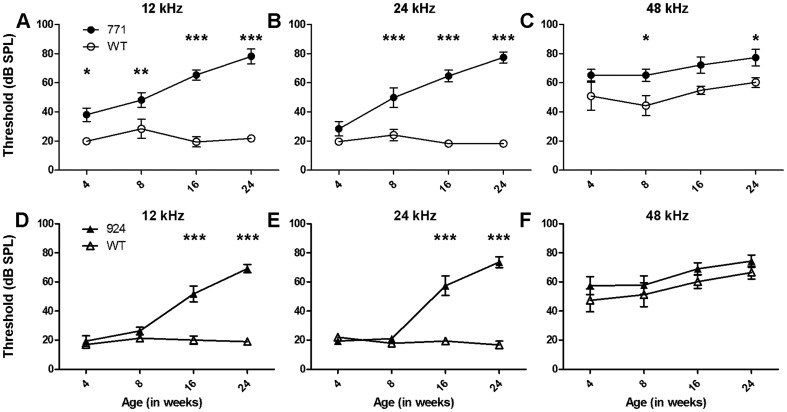Figure 1. Diap3-overexpressing mice manifest progressive hearing loss.
Mean ABR thresholds (and mean ± SEM) are shown. Higher thresholds indicate that higher sound pressure levels are required to elicit a brainstem response. WT = wild type. * p<0.05; ** p<0.005; *** p<0.001. Statistical significance was determined using a linear mixed model. (A–C) Results for line 771 (filled circles, n = 5–11), compared to wild-type littermates (open circles, n = 4–6). (A) At 12 kHz, line 771 mice exhibited a modest but statistically significant elevation in auditory thresholds at 4 and 8 weeks that continued to increase at 16 and 24 weeks compared to wild-type littermates. (B) At 24 kHz, hearing deteriorated in this line from wild-type levels at 4 weeks of age to a difference of ∼60 dB by 24 weeks of age. (C) At 48 kHz, mild threshold differences between wild-type and 771 mice were observed that were significant at 8 and 24 weeks only. (D–F) Results for line 924 (filled triangles, n = 5–8) and wild-type littermates (open triangles, n = 3–5). (D–E) At both 12 and 24 kHz, auditory thresholds for transgenic mice from line 924 were indistinguishable from wild-type mice at 4 and 8 weeks of age. Over the next 16 weeks, thresholds of transgenic mice increased significantly, compared to those of wild-type littermates. (F) At 48 kHz, the differences between wild-type and 924 mice were not significant at any time point.

